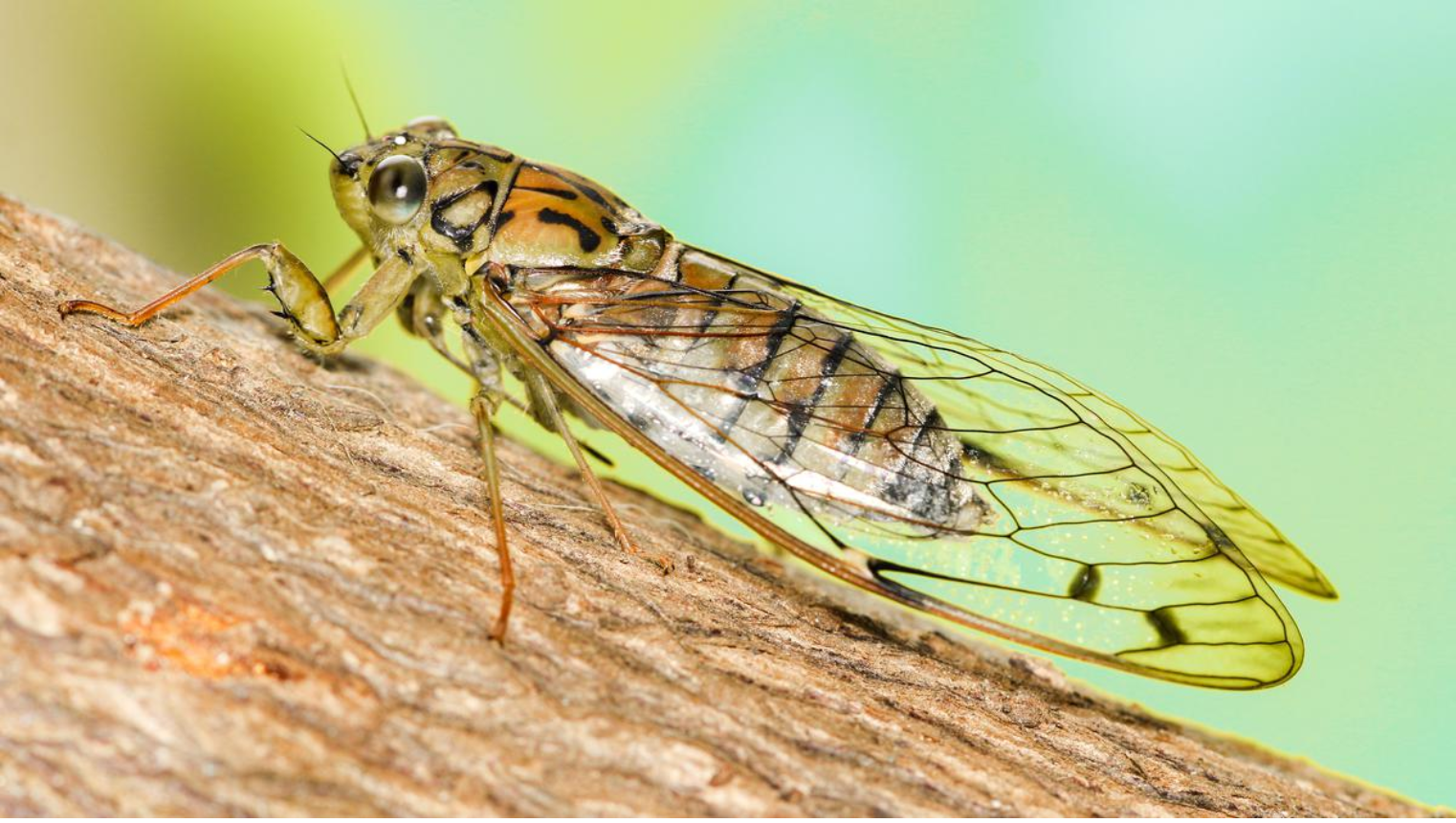Free Courses Sale ends Soon, Get It Now


Free Courses Sale ends Soon, Get It Now



Disclaimer: Copyright infringement not intended.
Context
Other Details
Findings of the study/research
Significance of this study
Distribution
Cicada
Features
Usefulness of Cicdas
Threats
|
PRACTICE QUESTION Consider the following statements about Cicadas: 1. These are the insects belonging to the super family of Cicadoidea. 2. Purana cheeveeda, a commonly found insect species, is now considered to be of Malaysian origin. Which of the statements given above is/are correct? A. 1 only B. 2 only C. Both 1 and 2 D. Neither 1 nor 2 Answer: (A) |
© 2024 iasgyan. All right reserved